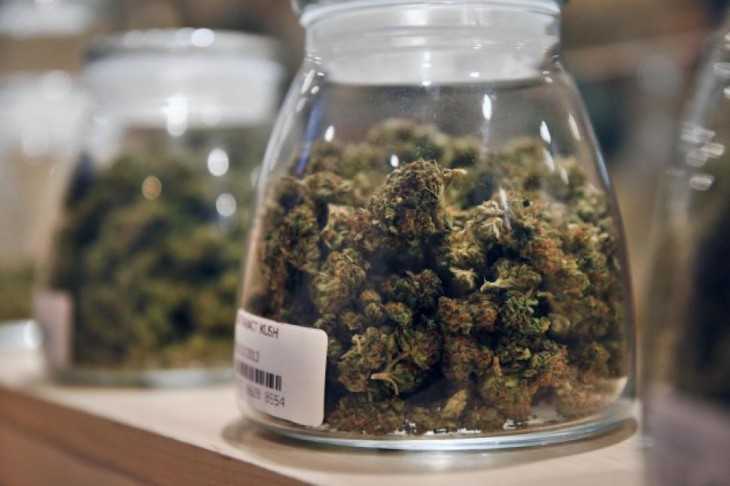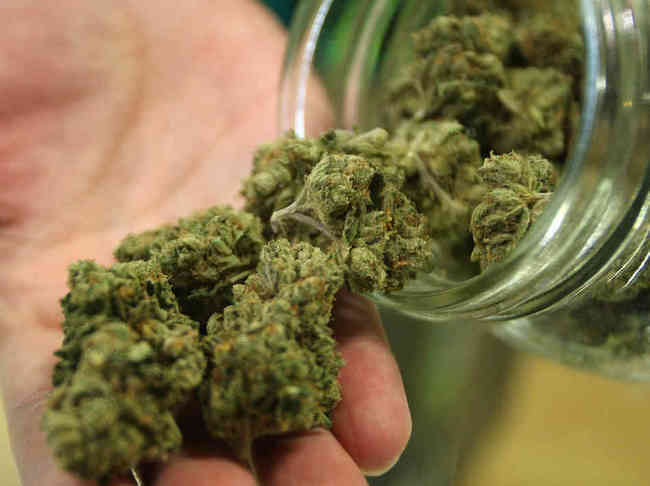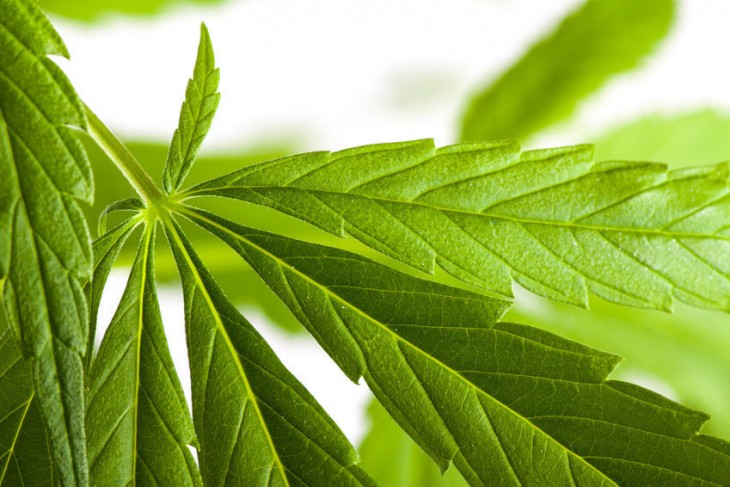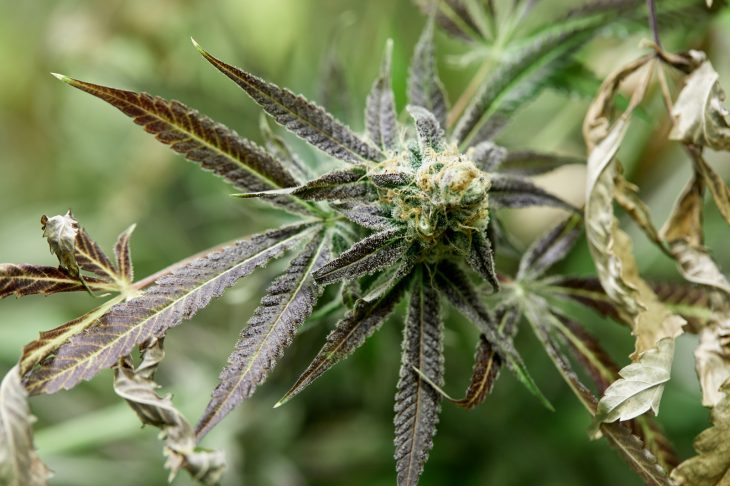If you are growing marijuana, chances are that you had dealt with bud rot before. Bud rot is caused by a fungus called Botrytis cinerea. It attacks the weed plant and spreads rapidly to the buds, destroying everything in its path. It can destroy your harvest overnight. Managing bud rot is quite challenging as it attacks the bud from the inside out. The most common ways of the fungus to be carried to and infect your cannabis plants is by wind or rainwater.
What Bud Rot Looks Like
Gray mold bores into the plant’s youngest stem right where the soil sits and turns them into brown, making them sot and rotting. After forming a brownish-gray mycelium mass, gray mold will look like a type of foundation and will then be covered by fungal spores.
A bud rot infection often becomes visible in just some parts. In some instances, it affects just the larger and denser buds; however, the plant may also get patches all over it, particularly after a few rainy days.
Aside from the rot itself, you may see white mold on the outside of the bud during the early stage of the infection. This requires immediate treatment. When the bud rot has advanced, the bud will easily separate, letting you see the inside. Depending on the life stage, bud rot can look dark gray or brown, white and fluffy, or can be full of dark speckled dust that easily blows away.
How to Treat Bud Rot
If you notice a diseased plant, remove it and destroy it. You can also use a mixture of slaked line and copper sulfate to fight gray mold. It works best when sprayed onto the plants every week for up to 10 days. But, never use fungicides when your plant is in its flowering stage. Also, avoid spraying the affected buds with Neem oil or burn sulfur as it will ruin the taste and smell of your buds. You can only use fungicides during the vegetive stage of life of your plant.
If you don’t want to harvest a treated plant right away, consider manipulating your growing environment to reduce the chances of other fungus spores germinating. You can do this by giving your cannabis plants extra air circulation, higher temperatures, better ventilation, and lower humidity levels. Also, prevent the plans from getting wet. Keep in mind that a growing environment that is too cold, or too warm can contribute to mold development.









